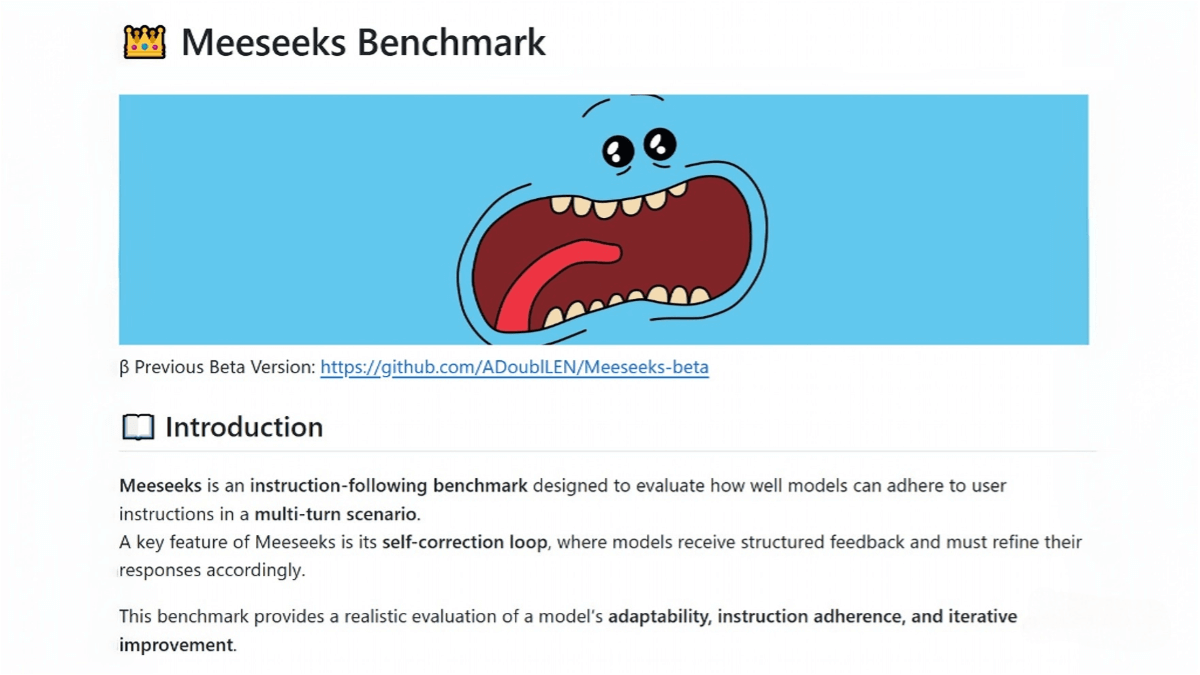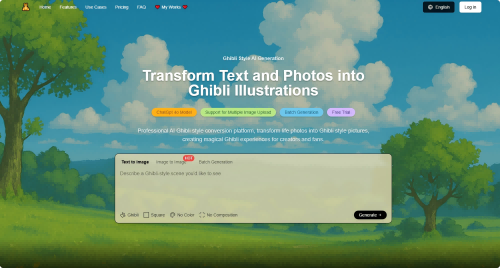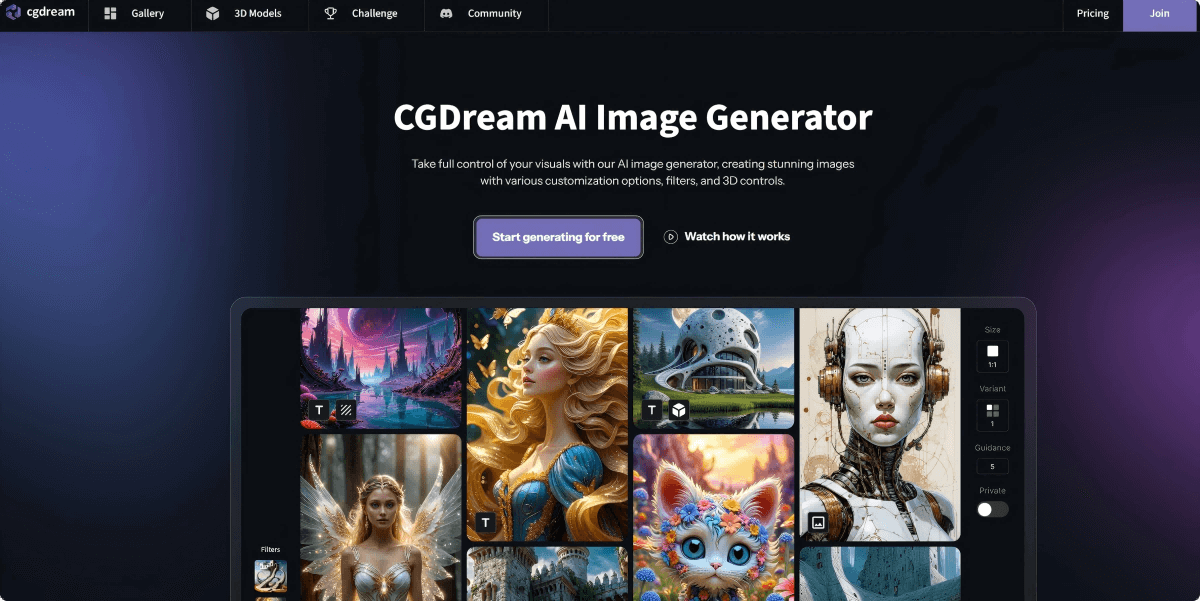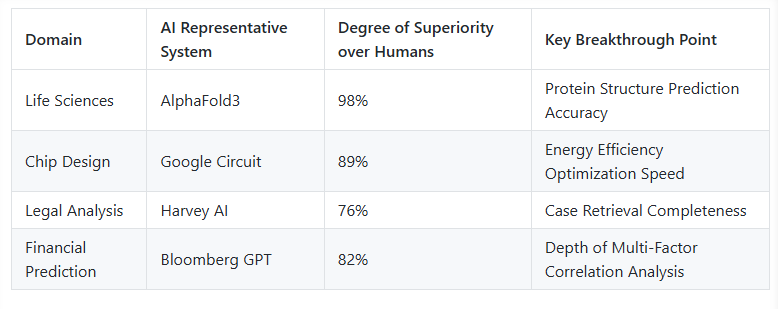Mureka O1 – A Music Reasoning Large Model Launched by Kunlun Tech
What is Mureka O1?
Mureka O1 is the world’s first music reasoning large model released by Kunlun Wanwei. It is the first music model in the world to introduce the “Chain of Thought” (CoT) technology. Mureka O1 incorporates thinking and self-criticism mechanisms into the reasoning process, significantly enhancing music quality, creative efficiency, and flexibility. It supports the generation of instrumental music and AI music creation in 10 languages, covering a wide range of music styles and emotional expressions. It also features distinctive functions such as song referencing and sound cloning. Mureka O1 provides open API services and model fine-tuning capabilities, enabling developers and music platforms to seamlessly integrate AI music generation capabilities.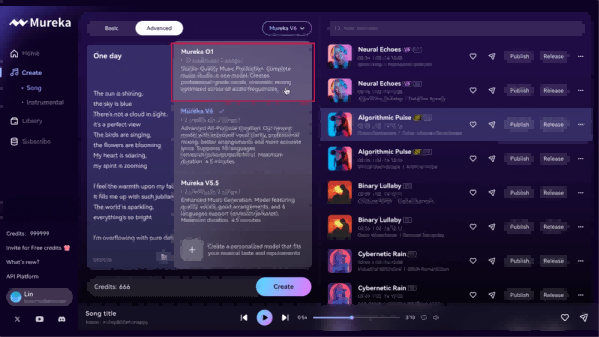
The main functions of Mureka O1
- AI Lyrics Creation: Users can input themes or emotions, and Mureka O1 can generate corresponding lyrics to help users easily start their creative process.
- Style Control: Upload a reference audio to specify the song style, ensuring the work aligns with your artistic vision.
- Melody Recording: Users can record a melody motif, and the system will generate a complete accompaniment based on it, enhancing creation efficiency.
- Inspiration Stimulation: Provide a platform for users to freely express themselves, sparking creative inspiration.
- Generate Similar Songs: Upload a reference song, and Mureka O1 can quickly generate a song in a similar style.
- Voice Selection and Cloning: Users can specify the gender and tone of the singer, and upload their own voice to let the AI learn and replicate it, making the vocal part more personalized.
- Section Adjustment: Supports users in freely adjusting sections such as intro, verse, and chorus through tags.
- Extend or Regenerate Sections: After song creation is complete, users can extend the current track or regenerate unsatisfactory sections as needed.
- Low-Latency Music Generation: Mureka O1 achieves industry-leading low-latency music generation through deep optimization of AI infrastructure, delivering instant and high-quality user experiences.
The Technical Principle of Mureka O1
- Chain of Thought (CoT) Technology: Mureka O1 incorporates Chain of Thought technology, simulating the multi-step thinking process of humans. It breaks down complex music generation tasks into multiple steps for progressive reasoning. This enables the model to think more deeply and self-optimize during music generation, enhancing the quality and coherence of the music.
- Multi-round Reasoning: During the generation process, the model first creates a preliminary composition and then continuously reviews and optimizes the previous results in subsequent rounds, ultimately producing high-quality musical works.
- Structured Generation: Unlike traditional autoregressive models that generate audio step by step, Mureka O1 pre-generates the overall music structure before predicting fine-grained audio tokens. This significantly improves the structural coherence of the generated music and the precision of instrument arrangement.
- Based on the CLAP Model: Mureka O1 is built on the CLAP model, which enables high extensibility without the need for manual annotation, thereby enhancing the interpretability and quality of the generated music.
- Reinforcement Learning Optimization: During the training process, Mureka O1 employs reinforcement learning techniques to optimize model performance through continuous validation and error correction. For example, in music generation, the model self-optimizes based on a predefined reward function (e.g., music quality, style consistency, etc.).
- Policy Optimizer: A policy optimizer is used during the model training phase, incorporating techniques such as gradient compression, exploration and exploitation. These techniques help improve the training efficiency and generation quality of the model.
- Diverse Data Sources: Mureka O1’s training data includes synthetic data, human expert-annotated data, and Chain-of-Thought datasets (CoT Dataset). These diverse data sources provide rich learning materials for the model.
- Training Phase: During the training phase, the model is optimized through a reinforcement learning environment, while a reward function (e.g., validation and human feedback) is used to guide the learning process. This enables the model to better adapt to different types of music composition tasks.
How to Use Mureka O1
- Visit the official website: Visit Mureka official website and click “Create” to enter the creation interface.
- Register an account: Register or log in directly using your email or social media account.
- Select a creation mode: After entering the creation interface, choose “Simple Mode” or “Advanced Mode”.
◦ Simple Mode: Enter a song description within 300 words, such as “A song full of sincere emotions, expressing deep longing for a friend”, and then click “Create”.
◦ Advanced Mode: Offers richer creation options, such as uploading reference songs, selecting singer timbres, etc. - Selection of Model: Depending on your needs, click to select a model such as Mureka O1 or Mureka V6.
- Input Lyrics: Enter the pre-prepared song title and lyrics in the corresponding input box.
- Select Reference Music: You can select music from the platform’s built-in music library or upload local music as a reference to help the AI better understand the music style and emotion you want.
- Control Music Style: Use the Style feature to select the music style and mood, such as ancient style, sad, etc., to ensure that the generated music meets your creative intention.
- Generate Music: After completing the above steps, click “Create” and Mureka will generate the music.
Application scenarios of Mureka O1
- Advertising and Film & TV Production: Advertising agencies and film & TV production teams can use Mureka O1 to quickly generate background music for projects such as advertisements, short videos, and movies, and customize unique scores according to scene requirements.
- Brand Music Creation: Brands can use Mureka O1 to create unique brand music, and event organizers can customize theme music for different occasions.
- Game Development: Game developers can use Mureka O1 to create unique soundtracks and audio assets for video games.
- Music Education: Music education institutions can use Mureka O1 as a teaching tool to help students understand the music creation process, encourage them to engage in music creation, and enhance their learning interest.
- Video and Podcast: Content creators can use Mureka O1 to generate customized background music for videos, podcasts, or other media projects to enhance the appeal of the content.
Related Posts

